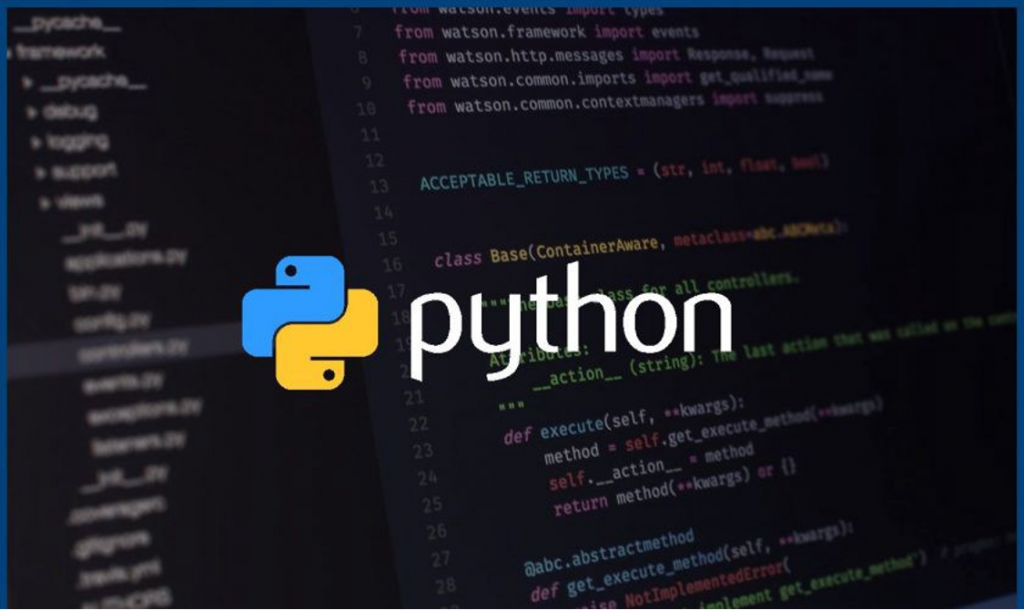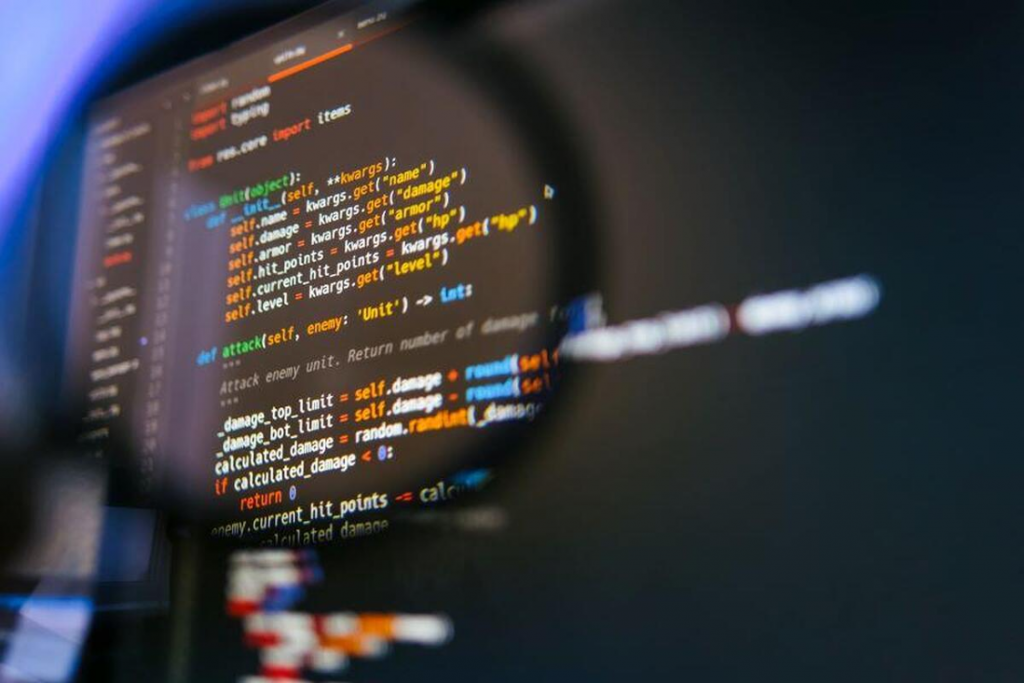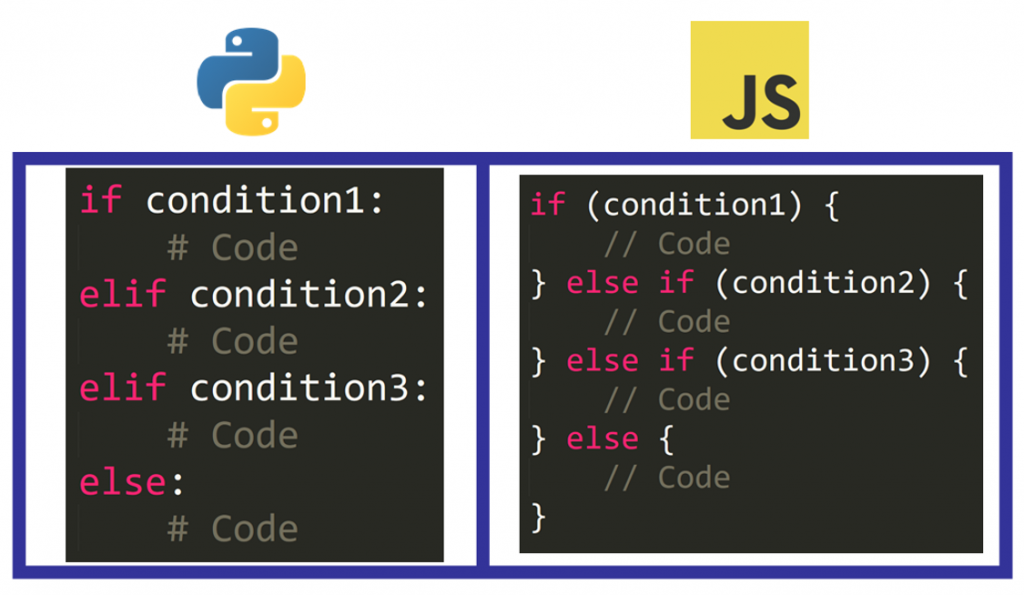Python is a programming language that can be hugely helpful when working with Web3. Best of all, Moralis features support for interacting with smart contracts with Python, connecting to Ethereum with Python, and much more. As the title suggests, you will find all the answers you need to the “what is Python” question in this article. Basically, we will provide you with a simple overview of this popular programming language. Moreover, we will also take a closer look at some of its most common use cases. Best of all, learning Python means you can take even greater advantage of Moralis to build cutting-edge dApps and Web3 apps with ease.
You probably know a thing or two about blockchain and cryptocurrencies, right? If nothing else, you’ve been hearing about it in the news. Moreover, there’s a good chance that you’ve invested in it yourself. However, buying coins and tokens is just one side of things – you can really make a difference by building something yourself using Moralis.
Do you have any experience with JavaScript? Do you know the basics of using crypto wallets, such as MetaMask? If so, you have basically all you need to start building your decentralized apps. The best part is that you can focus fully on the frontend of things. How? Well, Moralis takes full care of the backend part for you. Using this amazing ultimate Web3 development platform, you get the edge needed to build fast. With Moralis, all you need to do is copy and paste some simple lines of code to run the backend of your dApps. If you believe you’re ready to start building awesome Web3 apps, create your free Moralis account today. Check out the following video to learn about interacting with smart contracts with Python using Moralis!
What is Python?
So, what is Python? The simple answer is that it is a programming language. It is a very clear and powerful object-oriented programming language by design. Moreover, Python is in many ways comparable to several other coding languages, including, Ruby, Scheme, Perl, and Java.
Python may not be as popular and as widely used as JavaScript, though it is still among the top programming languages. Furthermore, it has a rather long history. It was designed by the developer Guido van Rossum and first appeared on the scene all the way back in 1991. Moreover, it was designed to make things as straightforward as possible for developers.

According to those who know and use the language, it is rather easy to get started with, easy to learn, and easy to use. According to python.org, Python is a programming language that lets you work quickly and integrate systems more effectively.
Let’s take a closer look at some of the main Python features.
Python’s Main Features
Now that you are able to answer the “what is Python” question, it is time to take a slightly closer look at this coding language. In this section, we go through some of its main features. Reading about these will enable you to get a solid basic understanding of Python.
- It uses very elegant syntax that makes programs easier to read.
- By design, it is very easy to use, which makes it suitable for ad-hoc programming efforts and prototype development.
- Python has a very large standard library. It supports a wide range of programming tasks. This simplifies tasks like connecting to web servers, reading files, and searching text with regular expressions.
- Thanks to Python’s interactive mode, testing short snippets of code is very easy. It also offers IDDLE, which is a bundled development environment.
- Python is easily extended. Developers can add new modules implemented in a compiled language such as C++.
- By embedding Python into an application, it may also provide a programmable interface.
- Python is universal and runs on all operating systems, including Mac OS, Windows, Linux, and Unix. Non-officially, it is also available for iOS and Android.
- Python is free. Anyone can download it and use it. Moreover, it can also be freely modified and re-distributed since it comes with an open-source license.

Programming Features
Above we’ve covered the most important features of Python. As such, we can now reveal some of its most note-worthy programming features. They are as follows:
- Basic data types available in Python are numbers (floating point, unlimited-length long integers, and complex), strings (both Unicode and ASCII), dictionaries, and lists.
- Python supports object-oriented programming. This includes classes and multiple inheritances.
- It offers programmers to group code into modules and packages. The latter is shared among communities and makes the coding a lot faster in many cases.
- The language supports raising and catching exceptions. This results in very clear error handling.
- It types data strongly and dynamically. That way raised exceptions catch errors easier.
- Python comes with advanced features such as list comprehensions and generators.
- It has automatic memory management, which frees users from having to allocate and free memory in their codes.
Do You Need to Learn Python?
Covering the definition, main features, and Python’s programming features, you are all set as far as the basics go. With that info, you can help any fellow beginner answer the “what is Python” question with ease.
Since we are about to take a look at how to get started with Python, you may want to pause for a second. We feel like it may be a good place for you to think about your programming plans. Do you need to learn Python for a specific task? Is it a long-term commitment or just a gig? Do you perhaps know any other programming languages? Is Python the most optimal way for you? If not, is there perhaps a more universal language you should learn? How are your JavaScript (JS) skills? Should you learn JS instead? What are the trends telling you? Which industry should you focus on?
Your answers to the questions above will help determine whether or not you should invest your time in learning Python. Regardless of the answer, you’ll be able to use Moralis whether you know JavaScript or Python.
Python Knowledge Bypass
As mentioned at the beginning of the article, we strongly advise developers of all levels, to consider focusing on the blockchain industry. It holds the most amazing opportunities. It is one of the most important technological discoveries of mankind and it will disrupt basically all major industries in the upcoming decade. Thus, an already huge demand for Web3 developers will only get bigger.
On top of being alive in time for this huge opportunity, you’ve also been lucky enough to find your way to Moralis’s blog. This amazing Web3 development platform offers you the edge to deploy new decentralized apps fast. In most cases, you can cover your back-end needs with one snippet of code. It offers you everything you need to build, host, and scale killer dApps. To get a better understanding of Moralis, we recommend you take a look at our tutorials.

Beginner’s Guide to Python
We’ve prepared a very brief and to-the-point beginner’s guide to Python. It will help you decide whether it is the right path for you. And if yes, it will serve as great guidance to assist you when starting out. Moreover, since you are able to answer the “what is Python” question in a heartbeat at this point. That way you should have no problem implementing the steps presented below.
Steps:
- To start working with Python, you need to install its interpreter on your computer. Basically, this is a piece of software that reads Python programs and executes their instructions. It is a must-have if you want to do any Python programming. Moreover, it is important to ensure that you install the latest version of the interpreter.
- Since you are reading the “What is Python?” article, it is highly likely that you do not know Python yet. As such, your next step is to start learning it. We believe that the best way to learn is by practicing. As such, you should find beginner-friendly tutorials and use the above interpreter to practice. There are many sites that offer in-browser coding as well. These include Codecademy, Coding Bootcamps, DataCamp, Dataquest, and others.
- Use the following link to access the most essential commands. We recommend you print out this Python cheat sheet and place it next to your computer.
- Once you are skilled enough, you will start coding for real. This will also include editing and saving your program code. A great resource for this purpose can be found at python.org.
Python Use Cases
Before you decide whether or not you want to put your “what is Python” knowledge to work, make sure to check out its use cases. As you can imagine, there are a great number of applications for Python. The most common ones are covered below.
Web and Internet Development
Python has many frameworks that enable web and internet development. The main two options are Django and Pyramid. It also offers micro-frameworks, such as Flask and Bottle. In addition, there are also advanced content management systems such as Plone and Django CMS available. Furthermore, Python’s standard library supports many Internet protocols.
Scientific and Numeric Computing
Python’s collections of packages, data analysis, and modeling libraries, and powerful interactive shell for easy editing and recording of a work session enable advanced scientific and numeric computing. The most important tools for this sort of application of Python are SciPy, Pandas, and IPython.
Teaching Programming
Since Python is known as one of the best coding languages (alongside JavaScript) for the simplicity of learning, it is used for teaching programming a lot. Not only for entry-level developers, but also for more advanced coders.
Desktop GUIs
Most binary distributions of Python include the Tk GUI library. In addition, there are some toolkits that work on several platforms available separately. These include wxWidgets, Kivy, and Qt. Aside from multi-platform toolkits, there are also platform-specific ones available; GTK+ and win32 extensions.
Software Development
There are many ways that developers use Python in software development. However, it is most often used as a support language, testing, for build control and management. Here are some examples:
- Buildbot and Apache Gump for continuous compilation and testing.
- Roundup or Trac for project management and bug tracking.
- SCons for build control.
Business Applications
Businesses also use Python for e-commerce and enterprise resource planning (ERP) systems. Odoo is an example of an all-in-one management software. It offers a range of business applications. Tryton is another three-tier high-level application platform.

The examples above show you that Python is rather universal and that learning it gives you quite a lot of options. So, if you commit to learning this programming language, you will likely not worry about finding a job. However, we still believe that if you are able to choose which language to learn, you will probably go with JavaScript. That way you will also be able to take advantage of Moralis. While you may get involved in blockchain developments with Python via Brownie, using Moralis definitely makes things a lot simpler. It lets you fully focus on the front-end and not waste time on backend development. This is something definitely worth considering, as Moralis’ middleware software can supercharge your dApp development. Moreover, Moralis’ official YouTube channel is a great place to get started. For example, see the following video for a great example of blockchain Python programming:
“What is Python” – Summary
In summary, Python can be hugely helpful on its own – and even more so when used in conjunction with Moralis. Let’s recap with the answer to the “what is Python” question – it is a very clear and powerful object-oriented programming language. It offers a wide range of use cases and is very popular thanks to its simplicity and clarity. We’ve covered Python’s main features and programming features to give you a better sense of it. We’ve also created a brief and to-the-point beginner’s guide. The latter will help you start if you decide to learn and use Python. Now it is up to you to decide what you will do with the information obtained above. Will you start learning Python or will you take the necessary steps to make use of Moralis when creating dApps? The decision is yours!

